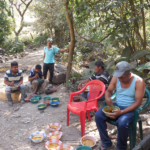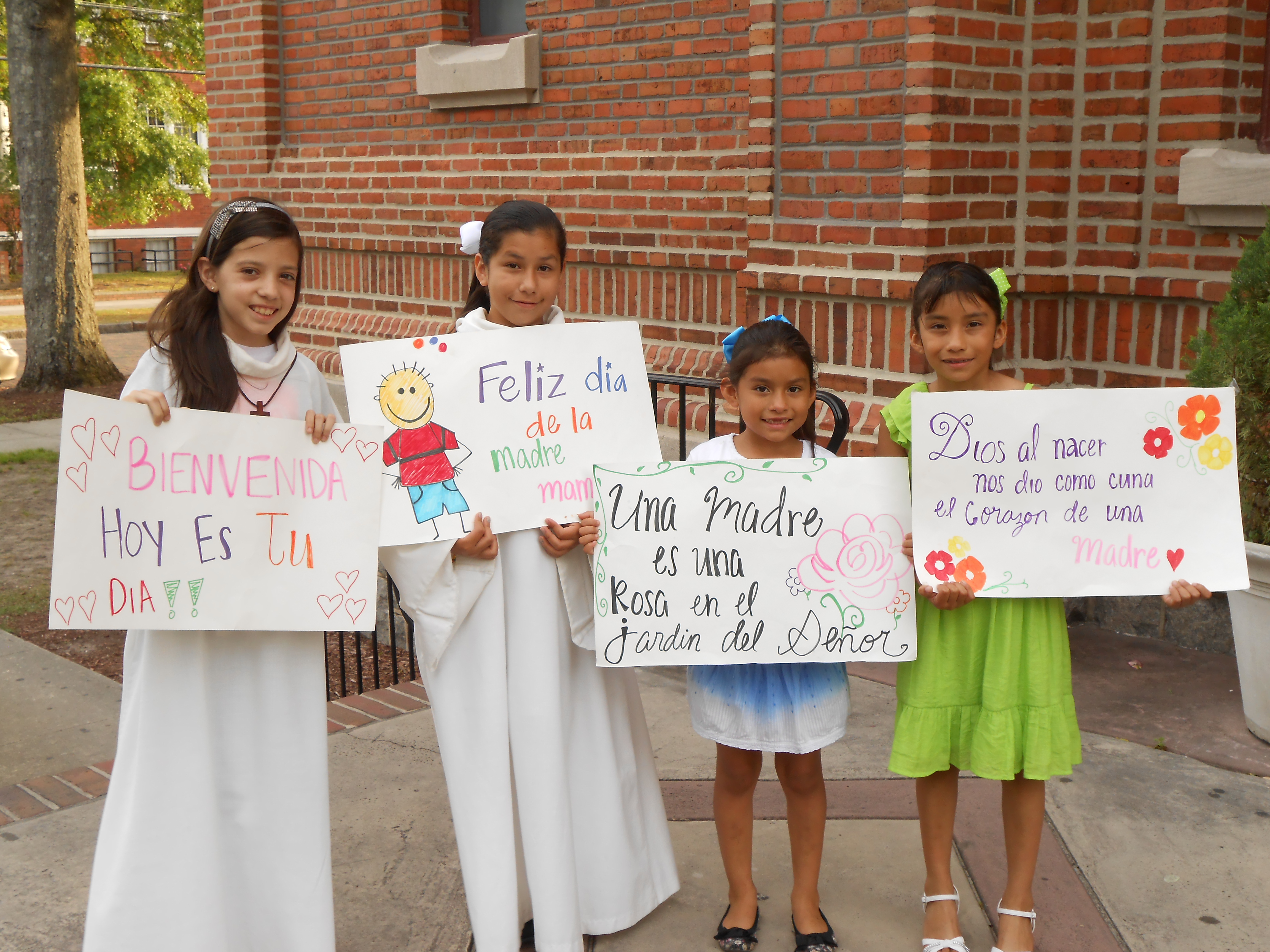Jozef De Veuster was born the seventh child of a Flemish corn merchant and his wife on January 3, 1840 in Tremelo in Belgium. The faith of his family was quite strong. In fact, two of his sisters became Religious Sisters, and Jozef and his brother Auguste became priests.
Jozef had to quit school when he was thirteen to work on the family farm. When he was nineteen, he entered the Congregation of the Sacred Hearts of Jesus and Mary. In Religious life, he took the name Damien. His brother Auguste, known as Fr. Pamphile in Religious life, was also a member of this Order, which is often known as the Picpus congregation.
When Damien first entered the Order on October 7, 1860, his superiors felt he was destined to be a Brother because of his lack of formal education. However, his brother tutored him, and eventually Damien was able to study for the priesthood. During his seminary studies, he prayed every day before a picture of the great missionary, St. Francis Xavier, that one day he would be given the honor of being a missionary.
Three years after entering the Picpus Order, Damien got his wish. Because his brother Pamphile was unable to take a missionary assignment to Hawaii, Damien took his place.
On March 19, 1864, Damien landed in Honolulu Harbor on the island of Oahu, and on May 21, 1864, Damien was ordained a priest.
Fr. Damien’s first assignment was on the island of Hawaii, but in 1873, he volunteered to serve in the Hawaiian government’s leper colony in Kalaupapa on the island of Molokai.
Initially, the plan was for four priests to serve on Molokai for three months each year. But when Fr. Damien went there, he fell in love with the people and the place. He was indeed, like the proverbial “kid in a candy store” with unlimited opportunities to do mission work. Molokai was a missionary’s dream.
In those days, lepers were treated horribly. Once a person was diagnosed with leprosy, he or she was taken by boat and thrown overboard once the boat got near the island. Then, the leper had to swim to shore or drown.
When Fr. Damien first encountered the more than 800 lepers in the colony, he was appalled. The site of rotten toes and fingers and noses was horrifying, and the stench of the wounds was bad. However, Damien began to get used to the sights and smells, and soon he found himself nursing the sick as best he could. He also made coffins and dug graves when a member of his flock died.
Fr. Damien knew, however, that he also had to get busy building for the people. Soon, with the people’s help, he built new houses, an orphanage, a clinic, a school, a church, and eventually a hospital. He even built furniture for the people’s houses. He dedicated his parish to St. Philomena.
Fr. Damien also helped people set up farms on the island, and he built a reservoir for a steady water supply.
In addition to his nursing and building, though, Fr. Damien was a one-man crusade, demanding the Hawaiian government do more. His efforts paid off, and the government did finally begin to become more active in bettering the conditions for the inhabitants of Molokai.
Fr. Damien was one of those people who was much like the late Saint Teresa of Calcutta, in that his work and holiness were well known worldwide long before his death. Fortunately, this notoriety helped recruit help for Fr. Damien’s work.
In 1883, Sister Marianne Cope (now known as Saint Marianne of Molokai), along with six other Sisters of St. Francis of Syracuse, N.Y., came to Molokai to help Fr. Damien. Soon, the Sisters had a hospital running.
In 1886, Joseph Dutton – more commonly known as “Brother Joseph” – arrived to help Fr. Dutton. Joseph was such a blessing, that on his deathbed, Fr. Damien told everyone that he could die in peace, knowing Brother Joseph was there to take his place.
Eventually Fr. Damien contacted leprosy from nursing them. One of the persons who came to help him was James Sinnett, a nurse from Mercy Hospital in Chicago. It was James, called “Brother James” by Fr. Damien, who served as Fr. Damien’s secretary in Damien’s final days and nursed him to the very end.
Fr. Damien died on April 15, 1889 at the age of 49.
When Hawaii became a state of the United States of America in 1959, it chose Damien as one of its two representatives to be in the Statuary Hall in the U.S. Capitol.
Pope Benedict XVI canonized Damien on October 11, 2009.
St. Damien of Molokai’s feast day is May 10th.
St. Damien is a patron saint of persons with Hansen’s Disease (leprosy).
2 Comments
Such a powerful story…can’t imagine what he experienced.




This story of Father Damien has always touched my heart. It is one that I was told about at a very early age. This could have been because I grew up in the Syracuse Diocese and my second cousin was a Sister of Saint Francis. St Damien touched the untouchables.